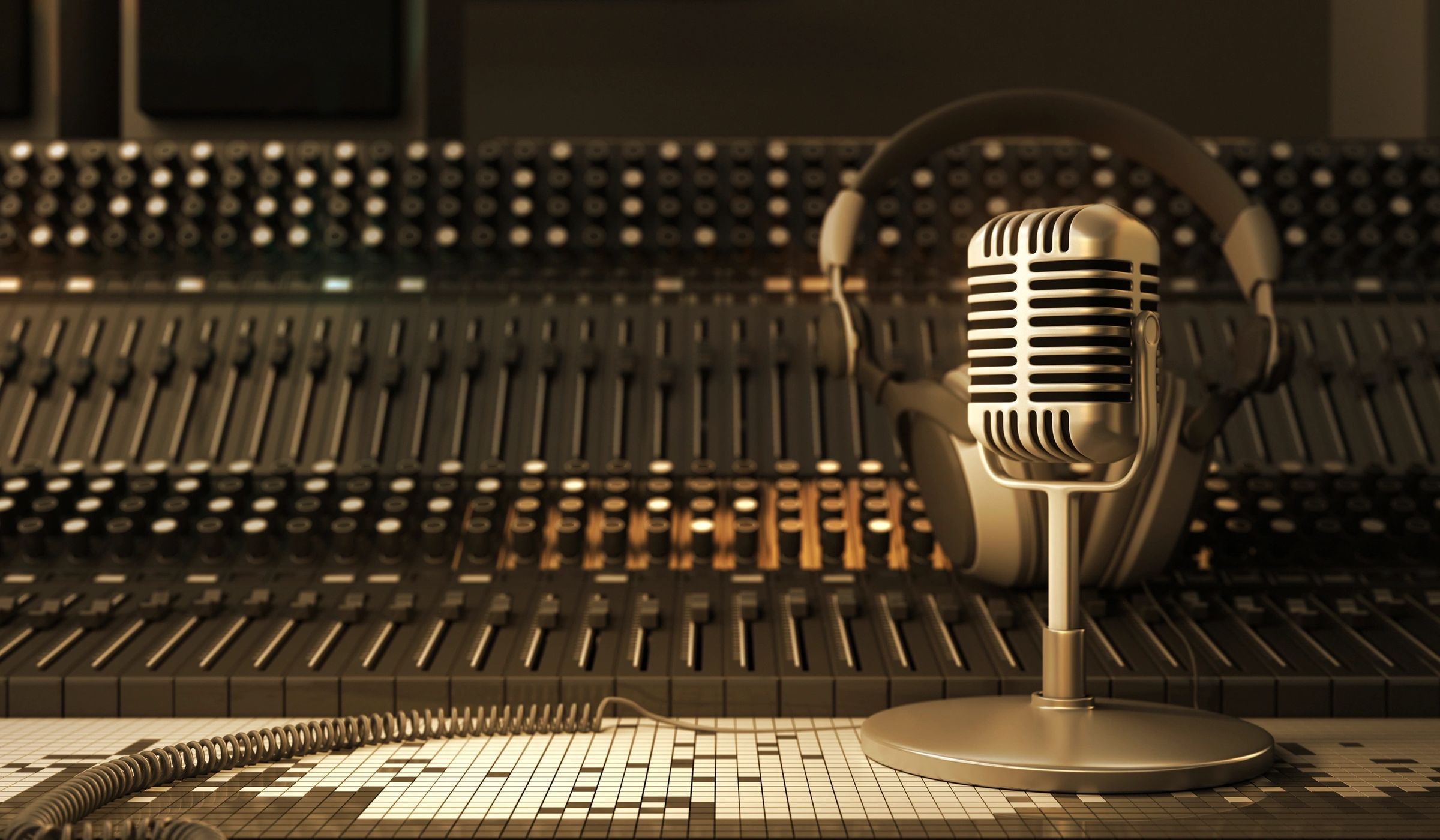
Radio Ads: How to Optimize Audio and Convert Customers in the Growing Audio Marketplace
First, let us make a case for why radio and audio ads are still relevant and even superior to other forms of advertisements today.
Despite the transition to other forms of media like podcasts, TV, print, social media, or others, the Pew Research Foundation found that in 2017 90% of Americans aged 12 or older listen to the radio at least once a week. Coupled with the rise of online media consumption, the percentage of Americans 12 or older who listen to radio through the internet has risen steadily from 12% in 2008 to 57% in 2018. When it comes to the financial state of radio news broadcasters, their average annual revenue has hovered between $21M and $25M. Clearly there is a financial incentive to advertise in the traditional and emerging forms of radio and audio entertainment.
So, how to make a radio ad?
There are many formulas out there for the optimal radio advertisement, and we’ve boiled them down to the following essential guidelines and rules:
Why should listeners care and what are your goals?
Time and time again, advertisers miss invaluable opportunities to capture their customers by telling customers to buy a product or service, to donate to a cause, or to be aware of something without telling them why.
Advertising is largely about creating a need or showing why someone should care about the product, service, or news you’re spreading. In other words, describe the value of your offering instead of the features. Tell them how the shoe can correct your posture to save them the grunts and groans of old age, and train their calves into shape, which are “proven to atrophy with old age.” Don’t tell them that the shoe integrates a novel lace-tightening technique and uses a non-absorbent polymer that none of your customers have heard of.
“Create the need. Tell them how your offering resolves it.”
Elucidate and detail the goals of your advertisement. If your goals are clear, the customer will understand why your offering matters because you’ll be able to appeal to what matters most in your offer. Clarity and vision will benefit you and your customers. Additionally, you’ll also have a well-defined metric to judge the success of your advertisement. This is essential for the assessment and evaluation of your marketing strategy.
Lastly, consider who your audience is and how you can choose your radio station or listening service to reach more of the people you think will care about your offering. If you offer personal or professional coaching, advertise on a show or podcast on which the host elaborates on techniques for personal growth in some way. It may seem intuitive or self-explanatory, but many advertisers ignore this key piece of their marketing strategy.
Consider Ad Format Options & How This Can Be Leveraged for Impact.
Digital audio ads provide a host of new opportunities. A recent study by comScore found that 70% of audio streamers don’t participate in another activity while streaming. This means that listeners give 100% of their attention to the media that your ads are embedded within. As an added benefit, this also means they can participate in your ads by searching for your offering or by clicking or tapping on your ads.
This calls for a Call-To-Action. A Call-To-Action tells your listeners to act upon the offering you’re giving them in some way that is unique to them and the “opportunity your ad provides them.” Now, more than ever, customers, and listeners can participate in the ads you provide with their smartphones, or connected devices. This means that conversion is much higher for those that create special offerings for those that act upon the ad by, for example, using the code you provide them that relates to the streaming audio their listening to, or by clicking or tapping directly on the banner ad within their app or website. Harness this conversion tactic and you won’t be disappointed.
Length: What is Optimal, and How it can Be Used to Your Advantage.
Every website suggests a different length of ad. The ballpark length is 15-45 seconds. You’ll be surprised with how much you can fit in 20 seconds if you are concise, detailed, direct, and convincing.
It’s advantageous to layout your ad such that your brand or offering is conveyed quickly in the first quarter of the time allotted. Then give your audience a call-to-action that is personalized for them and convinces them that this moment, now, is the opportune time to click, tap, swipe, or call. Give them an easy to remember code, app to download, or website to visit, but don’t give them a number unless it’s extremely easy to remember. Assume your audience won’t remember the details of what you tell them and instead will only remember your offering and that they want it. Make it as easy as possible to access your offering.
Emotions, individual stories, comedy, curiosity, psychology.
Lastly, people are swayed much more easily by emotions and individual stories over facts, data, or broad statistics. People are generally interested in how it affects their life over the general populace, so, put simply, make it personal and emotionally interesting.
To conclude, the best way to make a radio or audio ad is to listen to ads that were successful and analyze what made them succeed. Here is a list of examples that show how comedy, emotion, and calls-to-action can really make an impact and drive conversion.
Check out more successful radio ads that encapsulate some or all of what was described above at https://www.bestadsontv.com/best/radio